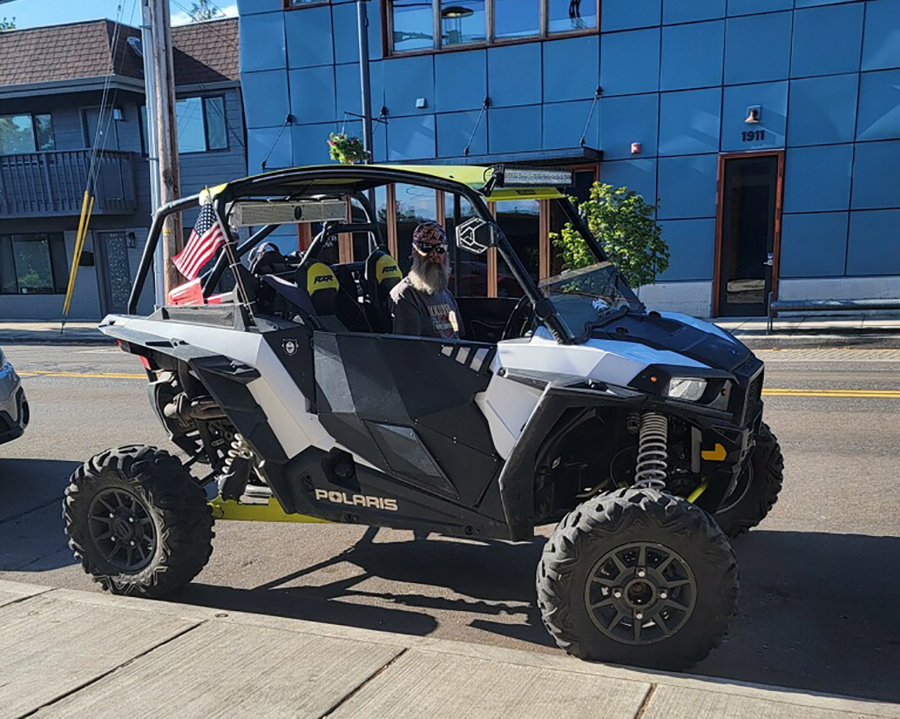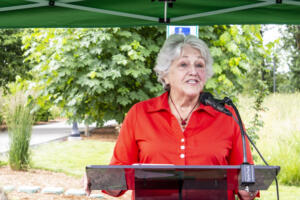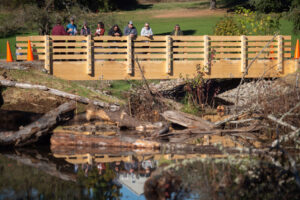The city of Washougal has adopted an ordinance to allow wheeled all-terrain vehicles (WATV) on most city roadways.
The Washougal City Council voted to approve the ordinance, crafted by Washougal Police Chief Wendi Stienbronn, at the Council’s Nov. 4 meeting.
“I do have the ordinance drafted,” Steinbronn told the Council during its workshop on Oct. 28. “We put a lot of work into it, so it’s ready to go.”
Steinbronn told the Council that the Washington State Legislature passed a law in 2013 allowing the use of WATVs on public roadways with a speed limit of 35 miles per hour or less if the city has approved an ordinance.
Washington state defines a WATV as a motorized, non-highway vehicle, with handlebars, that is 50 inches or less in width, has a seat height of at least 20 inches, weighs less than 1,500 pounds, and has four tires with diameters of 30 inches or less; or a utility-type vehicle designed for, and capable of, traveling over designated roads that has four or more low-pressure tires of 20 pounds per square inch or less; is less than 74 inches wide; weighs less than 2,000 pounds; has a wheelbase of 110 inches or less; and is at least 50 inches wide, weighs at least 900 pounds, or has a wheelbase of over 61 inches.




